Sound
The 192 hisses far more than is mete, both at its price and below it. Unlike the Goldmund Telos HDA, it’s the amplification circuitry rather than the power supply. Meaning: fixing ground loops won’t ameliorate it. The good news is that most headphones don’t pick it out. All of my earphones do, and sensitive headphones may. That hiss is roughly twice that of Lynx’s Hilo. I can live with it, but I’d rather not.
Secondly, 192 serves a sizeable ON/OFF thump, so keep your earphones unplugged and out of your ears when switching the mains.
Apart from hiss, 192’s headphone amp performs admirably, but not perfectly. Its sweet spot is earphones and headphones with median impedances of 32Ω and above. Even so, under loads with extreme current-to-voltage requirements, it deviates acceptably.
At its minimum setting of -99, channel balance is perfect, and each step up from there is cautious and gentle making it perfectly suitable for headphones and earphones of any sensitivity. HILO’s lowest volume setting (0) is about twice as loud as 192’s. I am confident that the most assiduous sensitive earphone bedside rigger will approve.
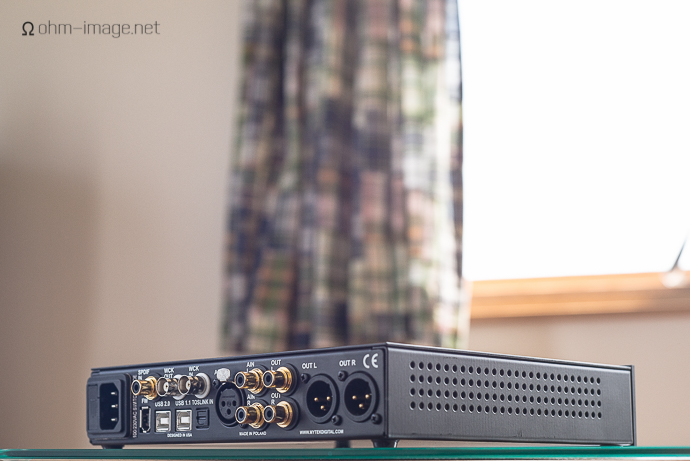
Back to hiss. At 192’s minimum volume setting, hiss accounts for about half of what you hear. In Hilo, it is about a quarter. Whilst playing music at comfortable listening settings through the Ultrasone IQ, that hiss doesn’t disappear. And while it is audible through the Grado PS1000 or Audio Technica ES7 while music is paused, I can’t hear it while music is playing. Naturally, the DT880 doesn’t hiss at all.
To my ear, 192 sounds slightly more laid back than HILO, with similar stereo detail in highs at the matched volume levels through the same loads. And, if you can get it to run nice with USB, volume-matched its headphone amp measures favourably against hi-end DAPs both unloaded, loaded for a majority of metrics. For a device whose primary function is a DAC, it is impressive.
Load effect is negligible for all but THD and IMD, though stereo separation (unloaded: -101dB) takes a 30dB dip when driving the Earsonics SM2 (loaded: -70,2dB). No matter the load, its frequency response deviates by no more than 0,5dB end to end, which is inaudible. It should be noted that the HILO’s headphone amp, while showing even less deviation from unloaded to loaded signals, doesn’t surpass 99dB in any single metric. 192 hits -107,9dB of noise and 107,9dB of dynamic range. At normal to loud listening levels, HILO and 192, not to mention almost any modern DAP (and your iPhone 6), hit similar figures.
But 192 can ramp up the volume of a pair of 600Ω DT880 several dB beyond what HILO is capable. That also goes for any DAP I’ve used, albeit with measurably higher IMD levels. In other words, it sports a good headphone amp, whose biggest flaw is hiss.
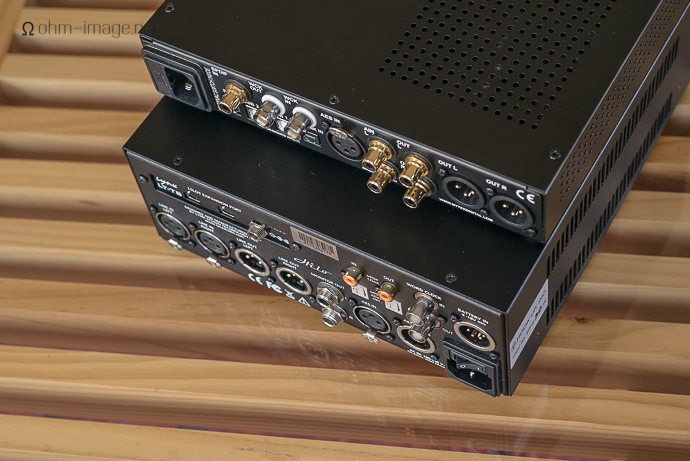
Where it really shines in measure (if not in haptics) is in use as a DAC. Its XLRs spit strong, measurably clean signal whose dynamic range (118dB) and noise levels (-118dB) surpass Hilo. In other metrics, Hilo edges it out, albeit only slightly.
And, for better or worse, its slightly warmer headphone amp signal is replaced by clear, clean, and gobs of both objective and subjective detail. It simply works wonders. That it natively decodes DSD natively over USB and DoP over Firewire is icing on the cake for those that worry about that sort of thing.
I do not.
While there is about a hair of measurable difference favouring 192’s over Hilo’s DAC, 192’s lower profile allows it to be tucked cleanly under low-riding IKEA TV stands, or into thin saving desk drawers. If you bought it for no other reason beside its clean, clear, powerful DAC, and want to keep it hidden, it hides brilliantly.
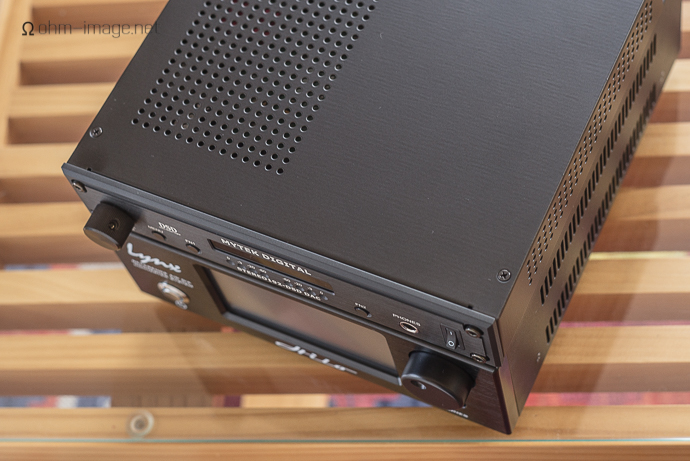
End words
The Mytek Stereo192-DSD DAC is amazing – if not class-leading – at its current price point and a respectable performer at its normal going. It has connections out the wazoo, great native format support, and is solidly made. Its headphone amp is good but not great and its pre-amp, while somewhat fiddly to control, sits in front of a truly great DAC.
Headphone users should the 192 a solid, if not untoppable DAC for their amps. And, despite high levels of background noise and higher levels of IMD than expected, its amp is powerful, detailed, and just the right amount of laid back. If its DAC played as nice with iDevices as Zodiacs does, and if only it was as dead silent…
Even in 2016, Mytek’s Stereo192-DSD DAC is a good choice. At its current price point it is almost a no-brainer DAC and pre-amp with a decent headphone amp pack-in.





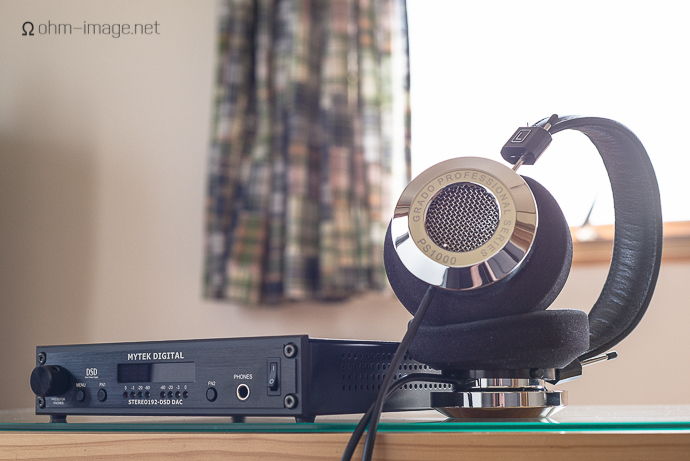

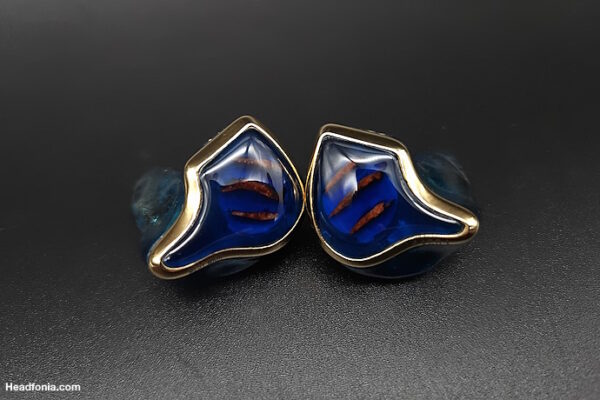
Barun C
Good stuff Nathan. The PS 1000 teaser photo in the home page was a subtle way to state its the 2nd consecutive Headfonia review in 5 days from Nathan. The number of inputs & outputs really interests me here, especially considering that I am using a Resonessence Labs Concero HP which has only two digital inputs and one headphone out. Wish I had some dough saved up, cause $1095 seems like a really good price for such hardware.
ohm image
It’s a great DAC for the price with a decent to good, but powerful headphone amp. And yeah, I suppose that the PS1000 is my new signature.
Alon Wasserman
Would be interesting to review the new Mytek Brooklyn DAC
dalethorn
I would be extremely interested in the reproduction quality of MQA-encoded tracks with the new firmware.
Alon Wasserman
While the reproduction quality of MQA material is interesting, there’s so little of it available (at least until the streaming services start to use it). The product is new and has not been reviewed yet by any magazine or major site. I think that, in order to be useful to prospective buyers, any review of it should focus on its overall sound quality (both on line outputs and on the headphone outputs, single ended and balanced) on standard material (redbook, hi-res and DSD, as well as analog) rather than on MQA. Once MQA material becomes more wide-spread, it will become more interesting.
dalethorn
As far as I know it’s transparent – if no encoding, no penalty – playback is the standard code you already are listening to.